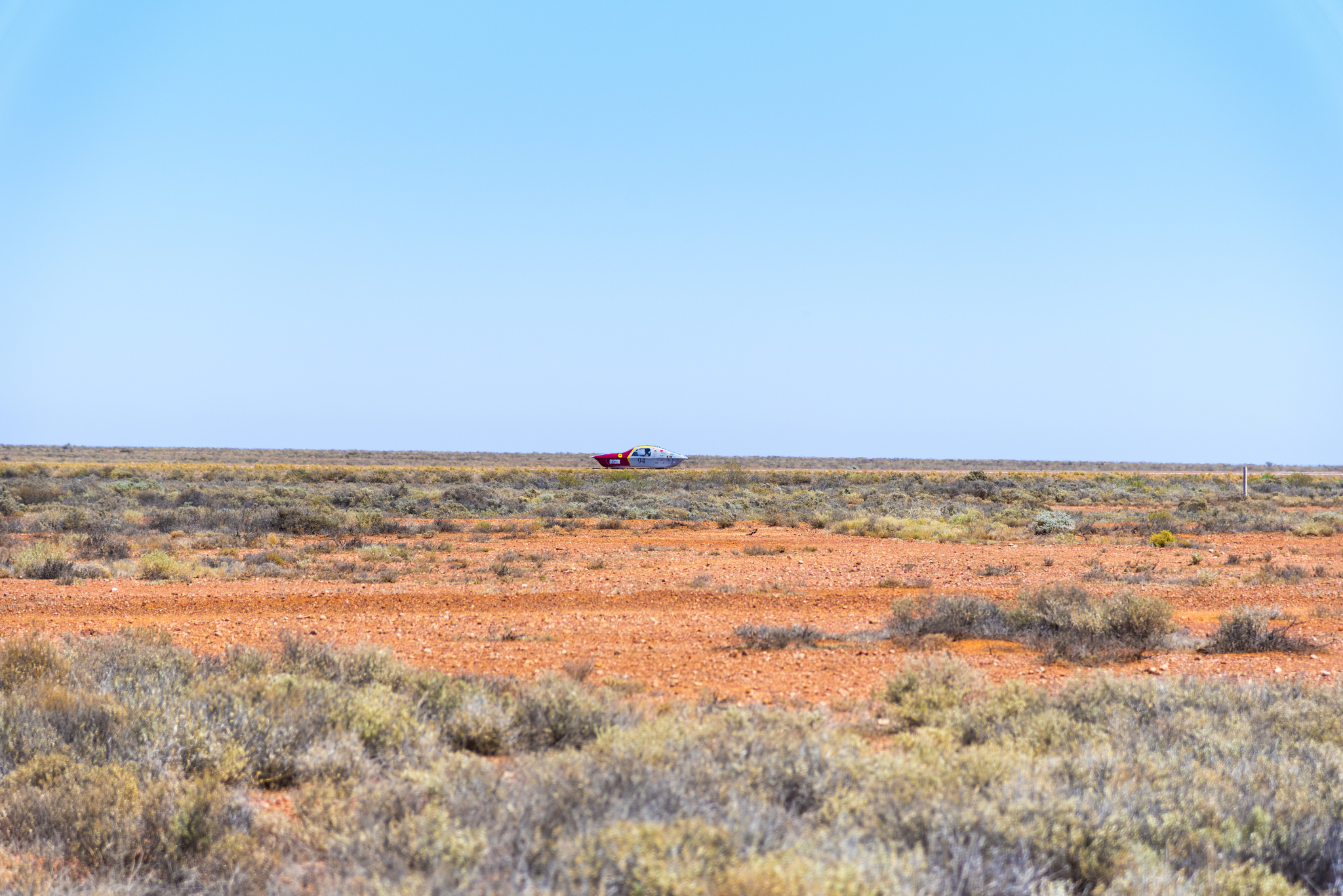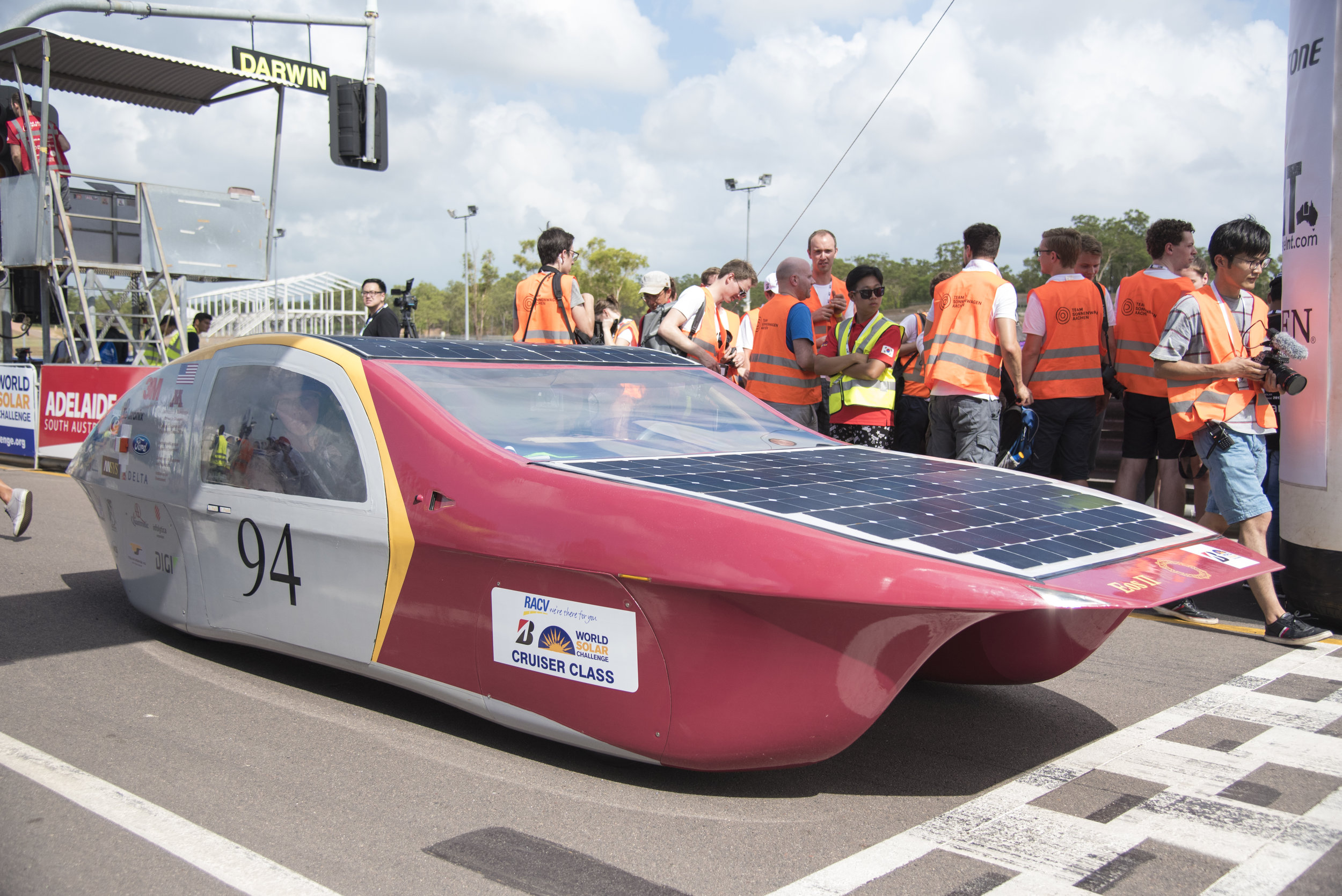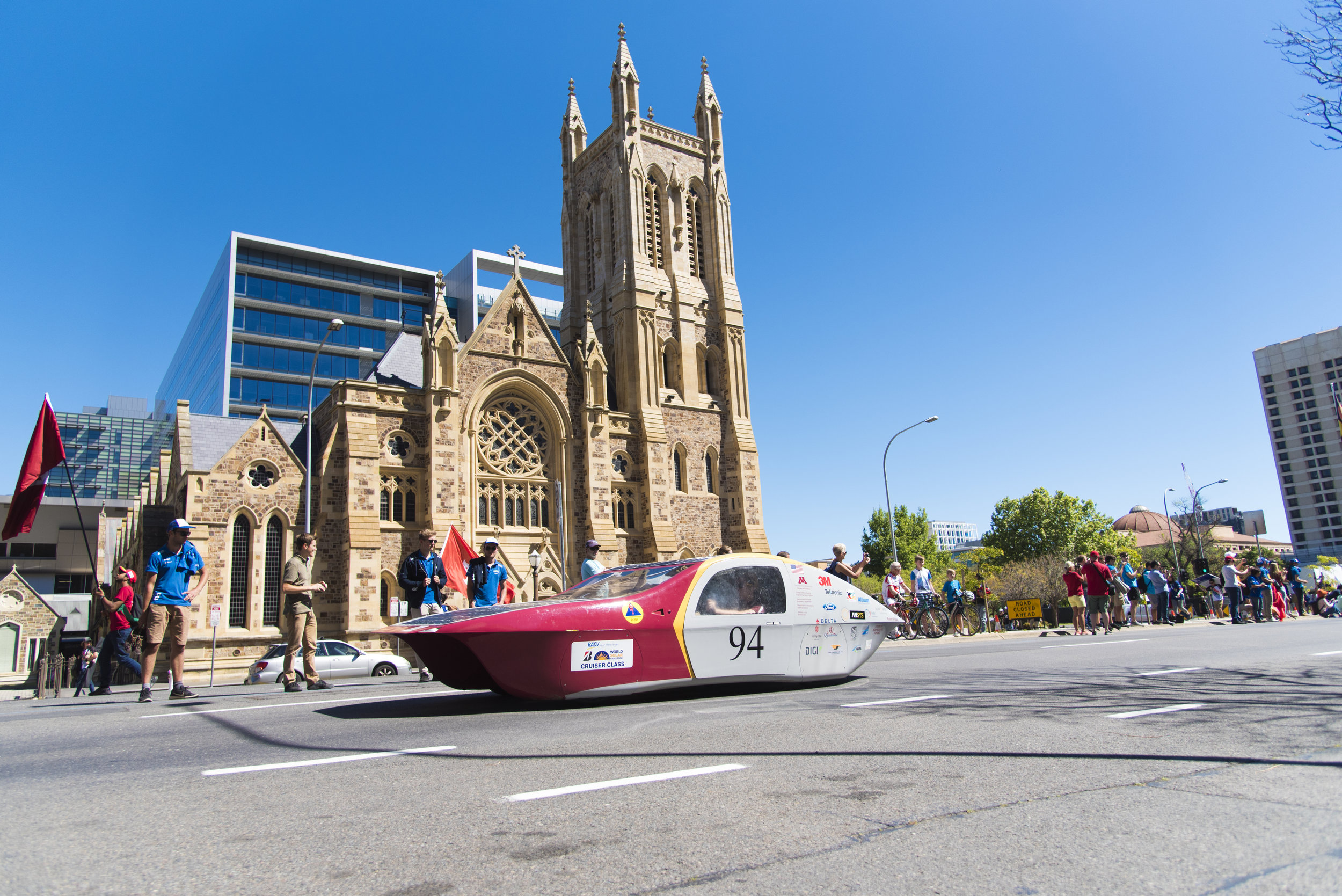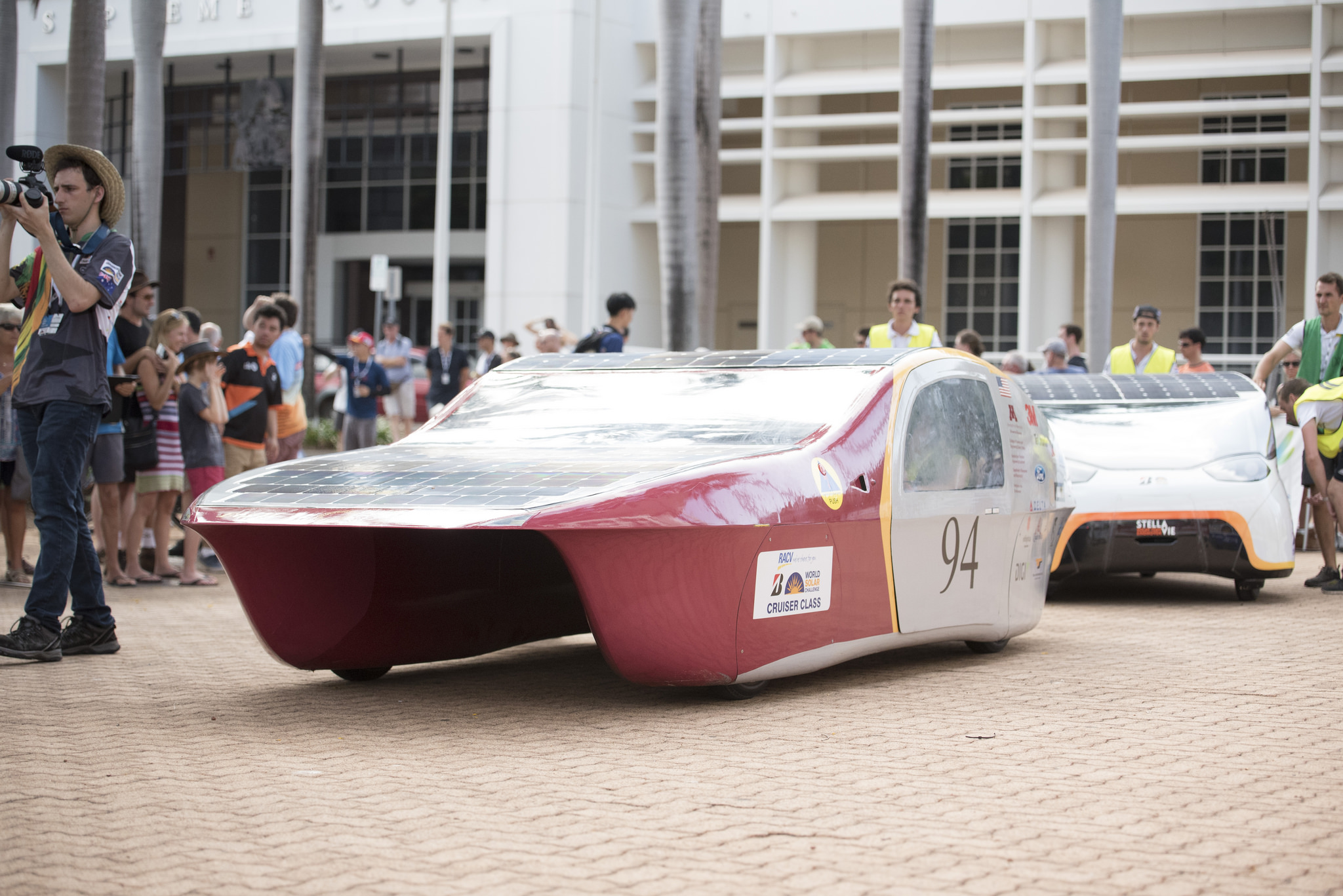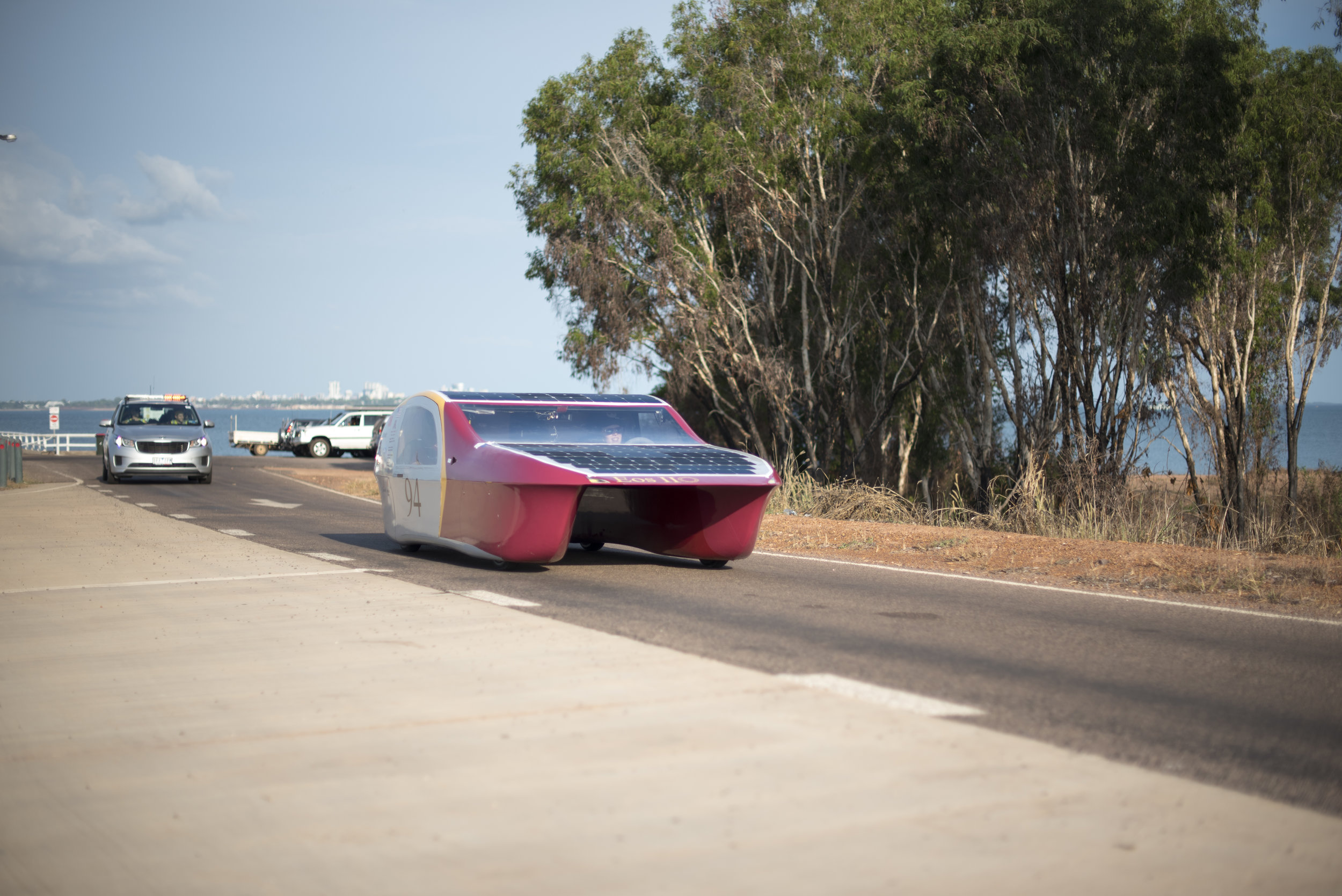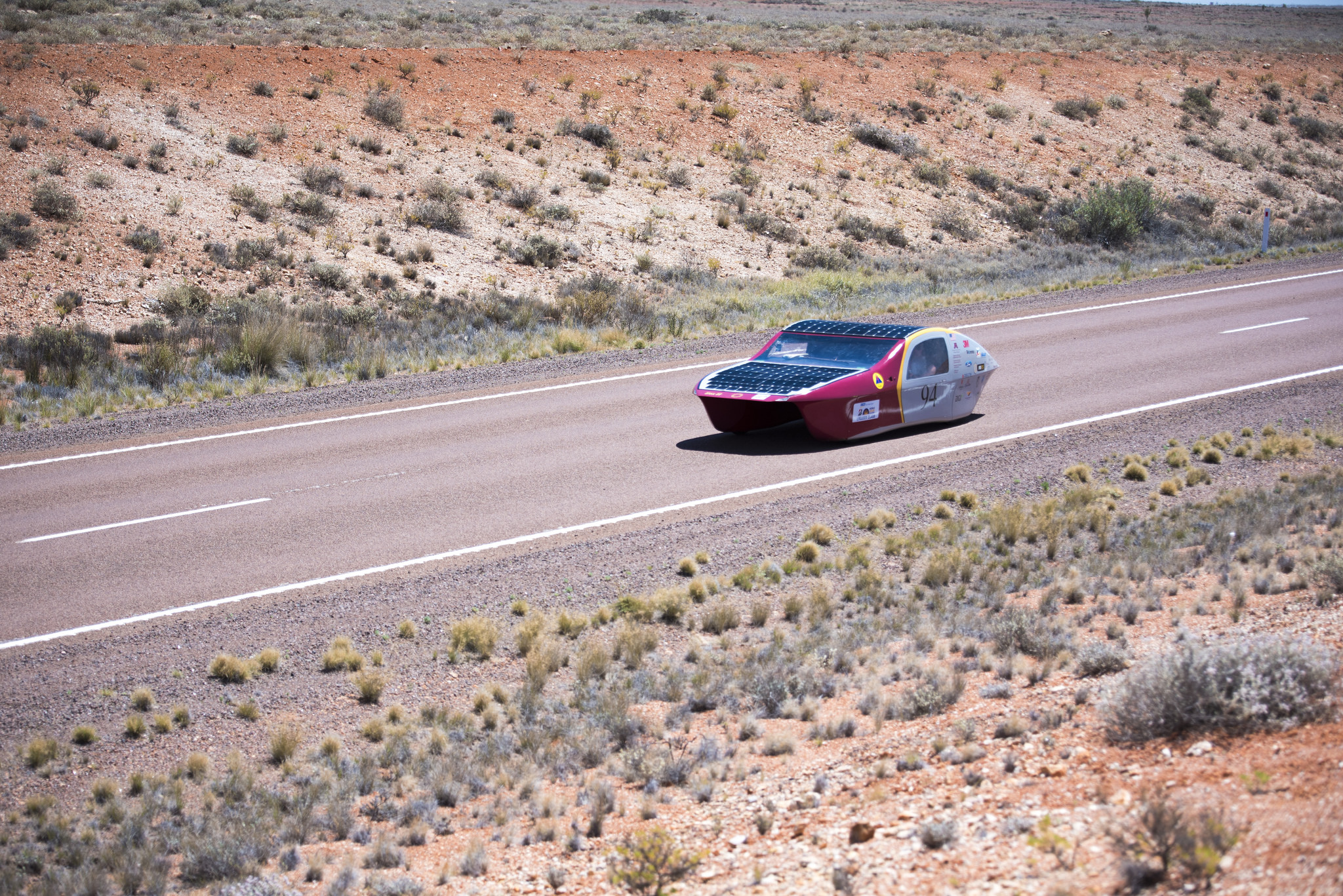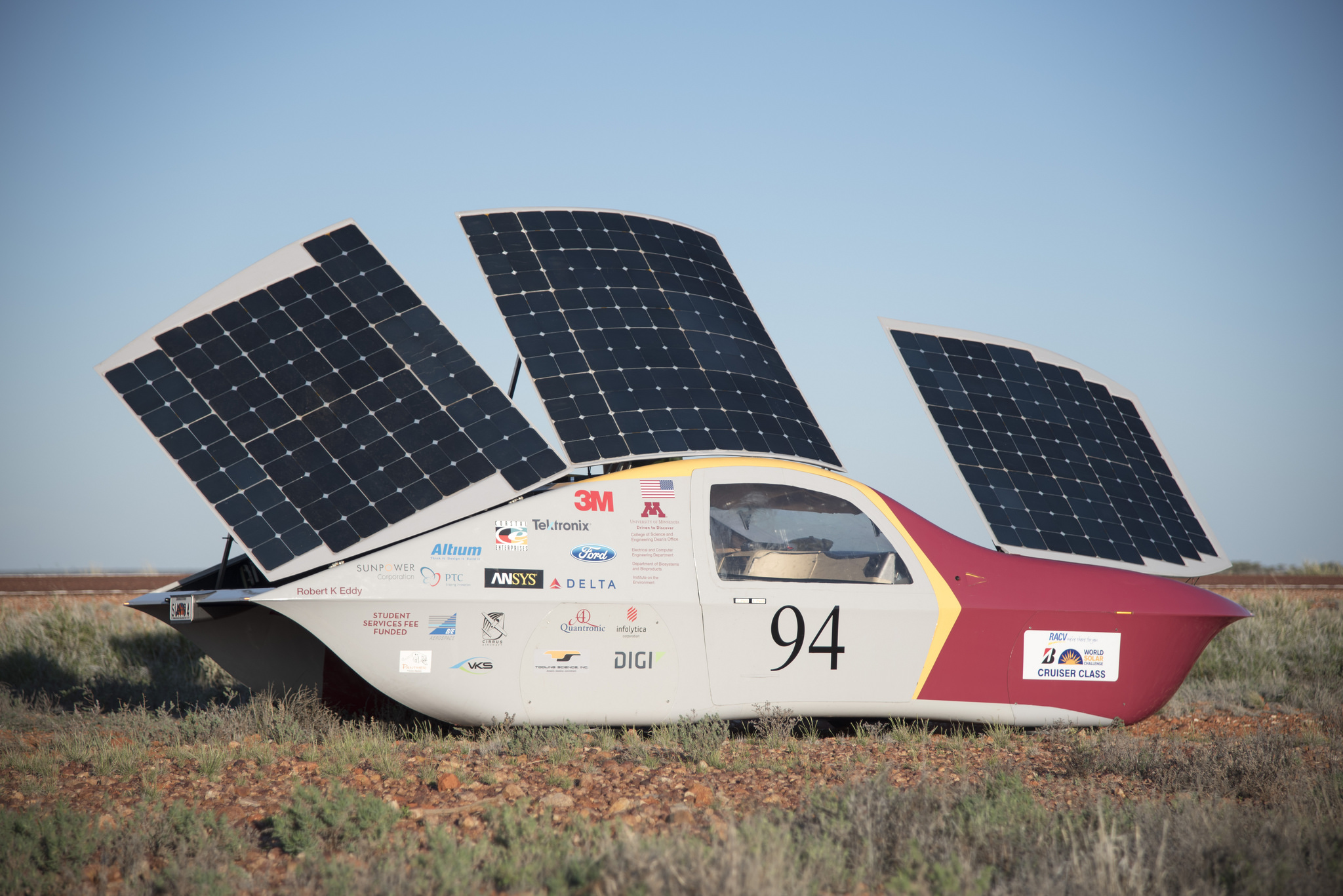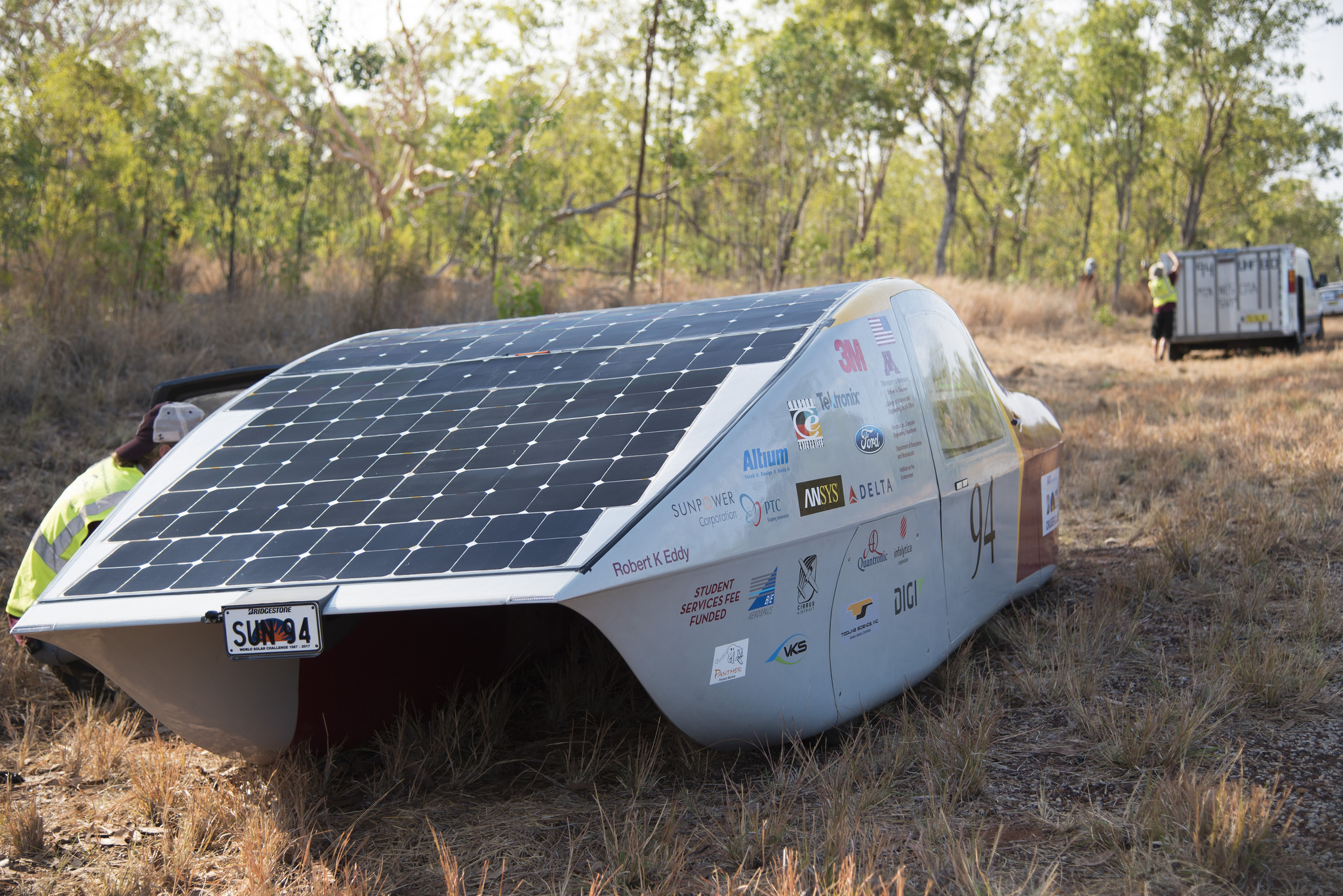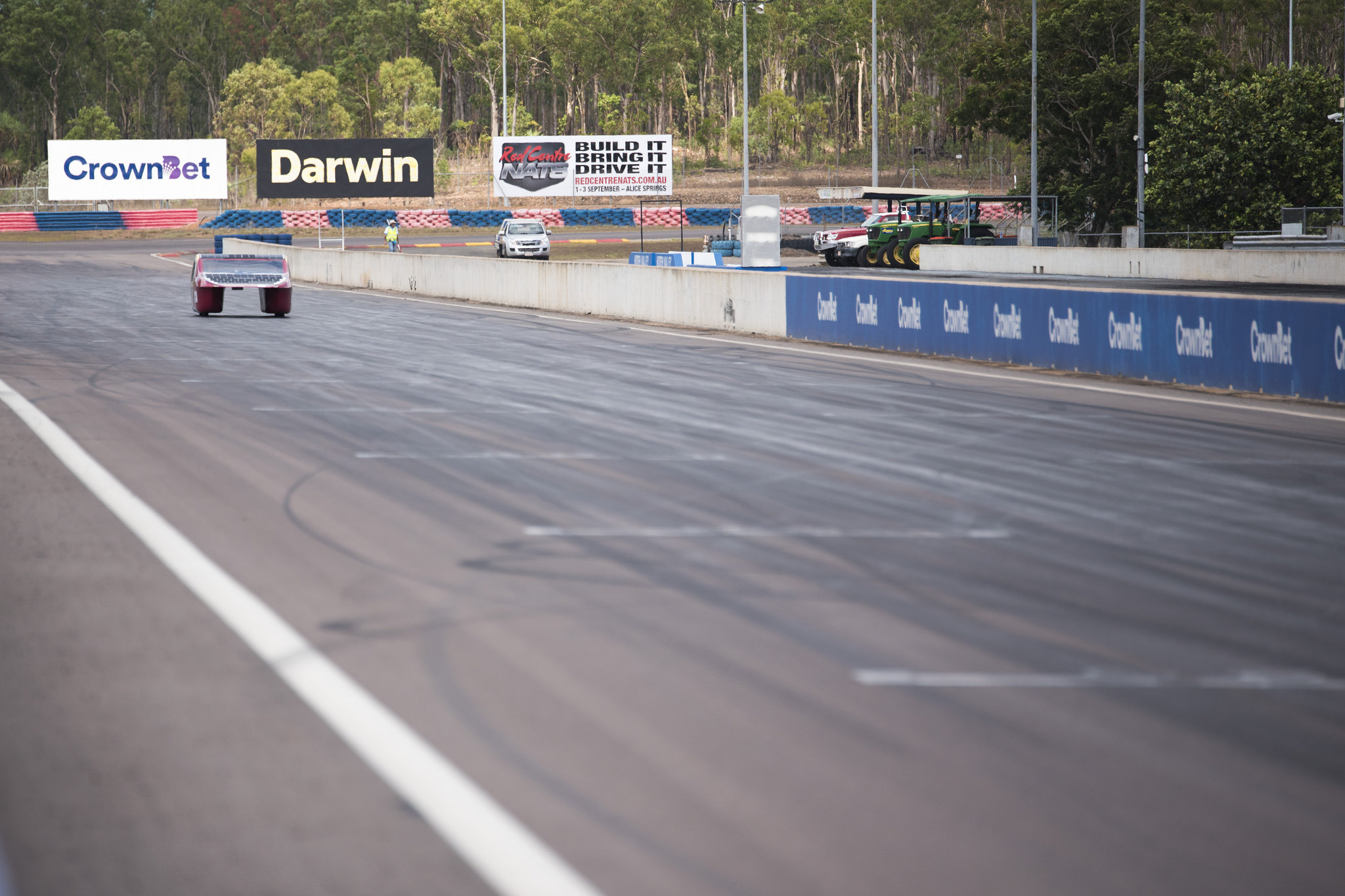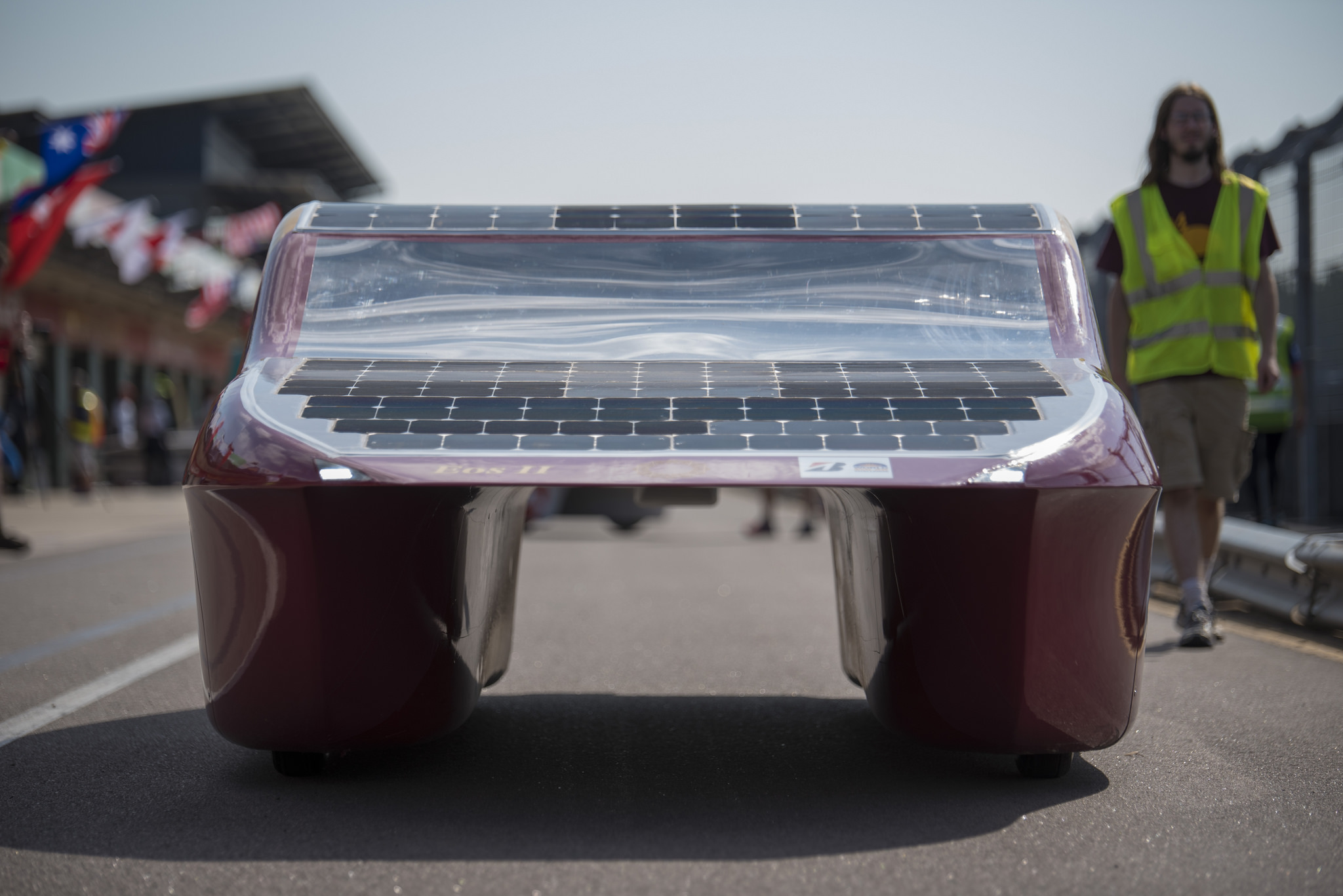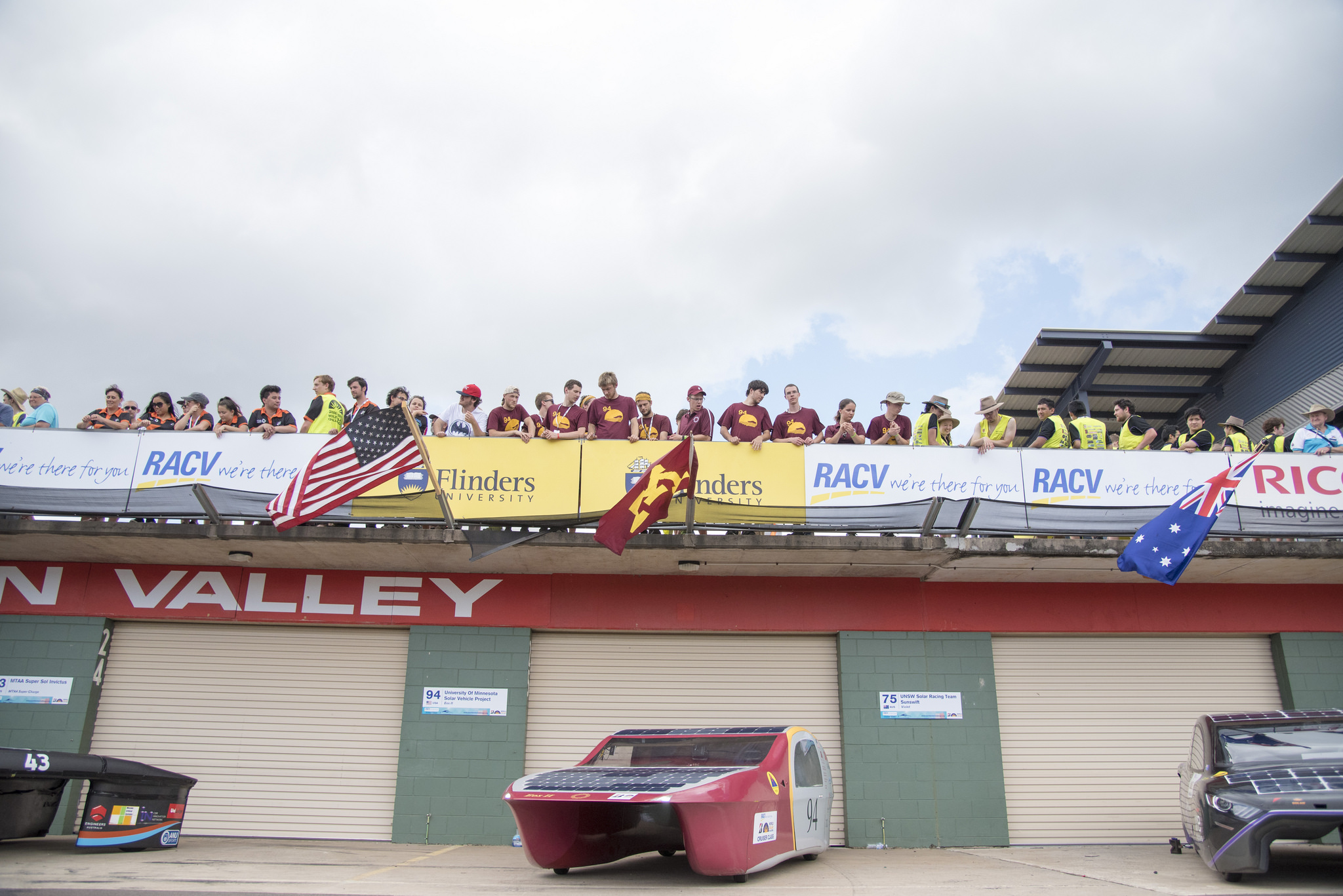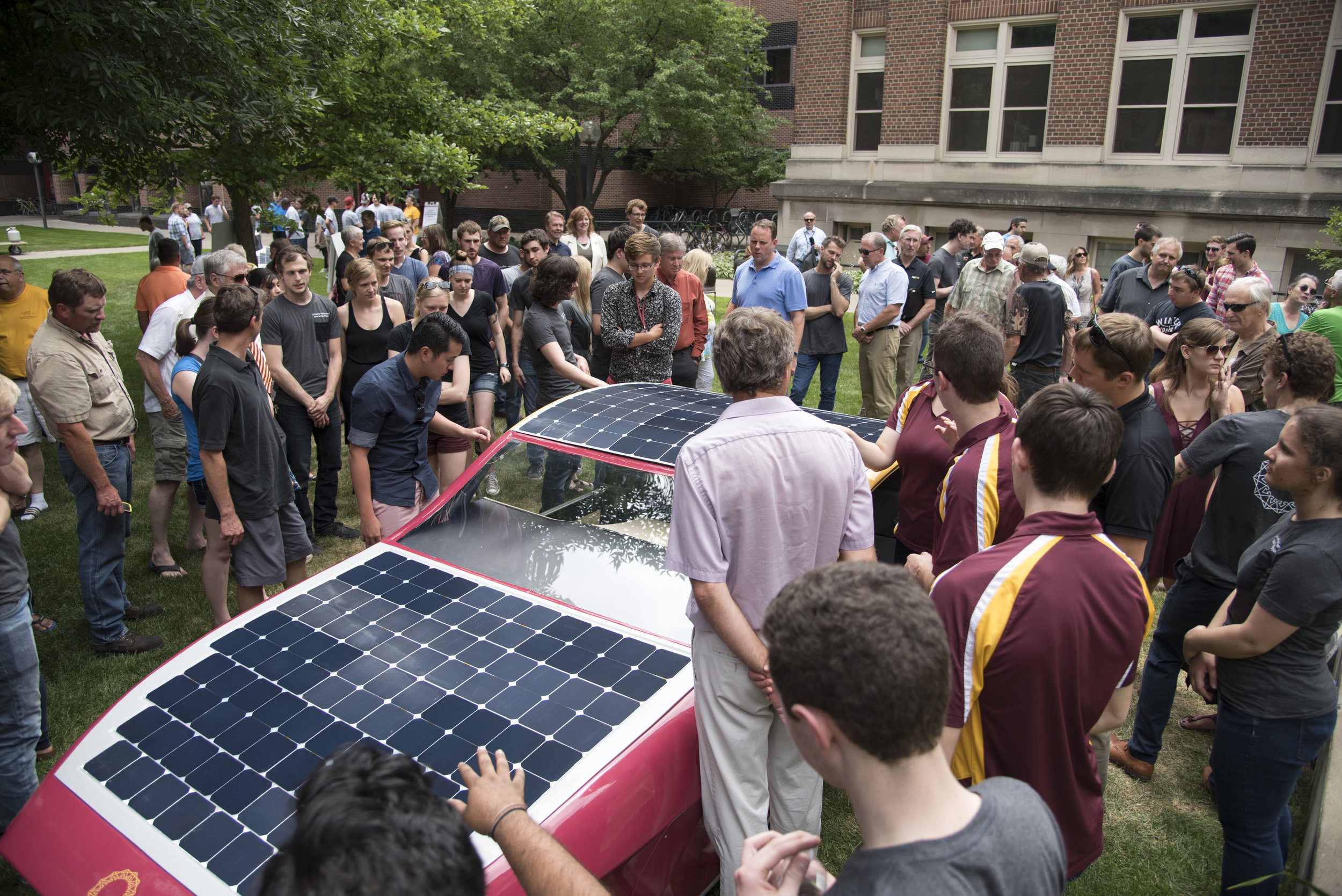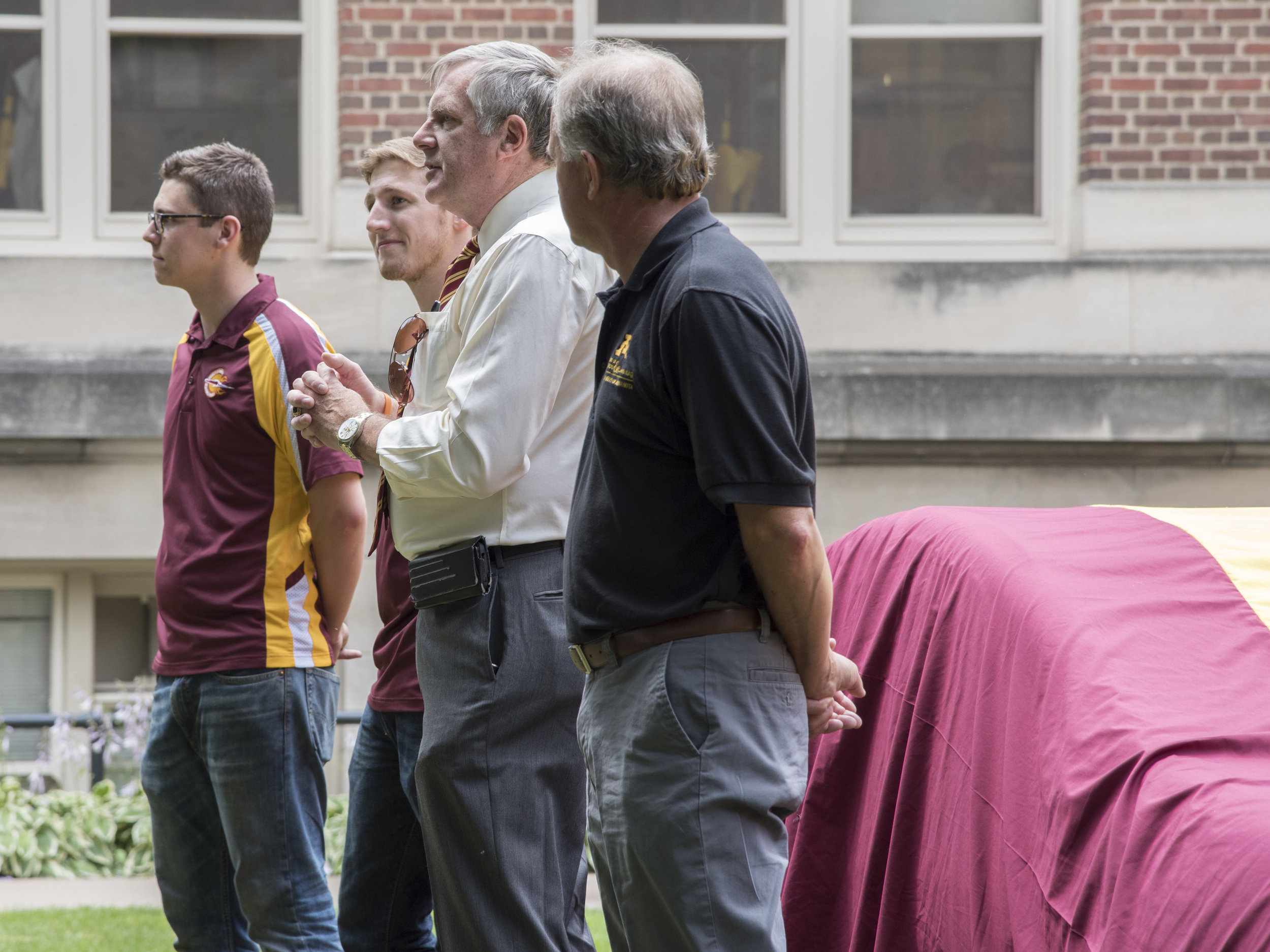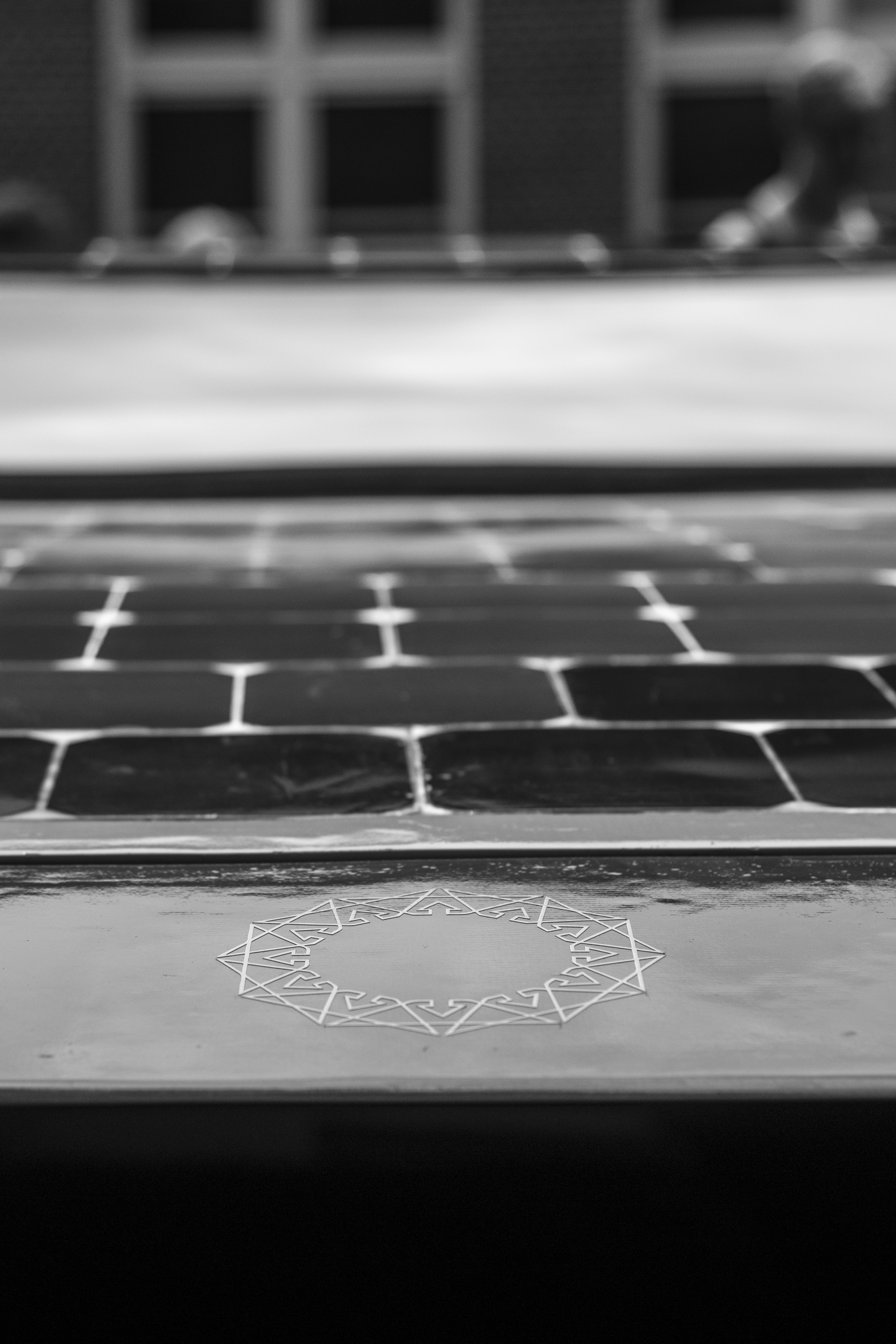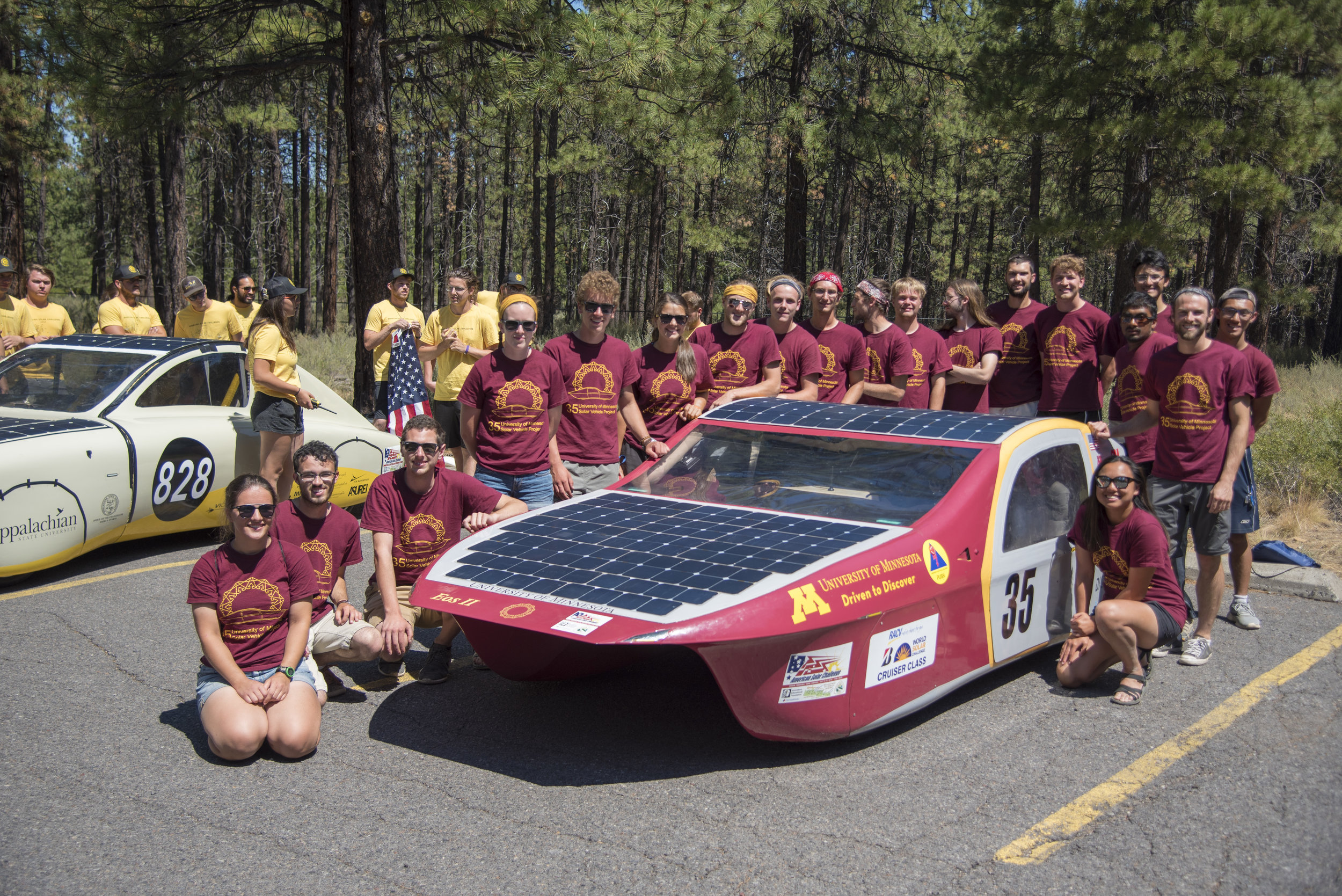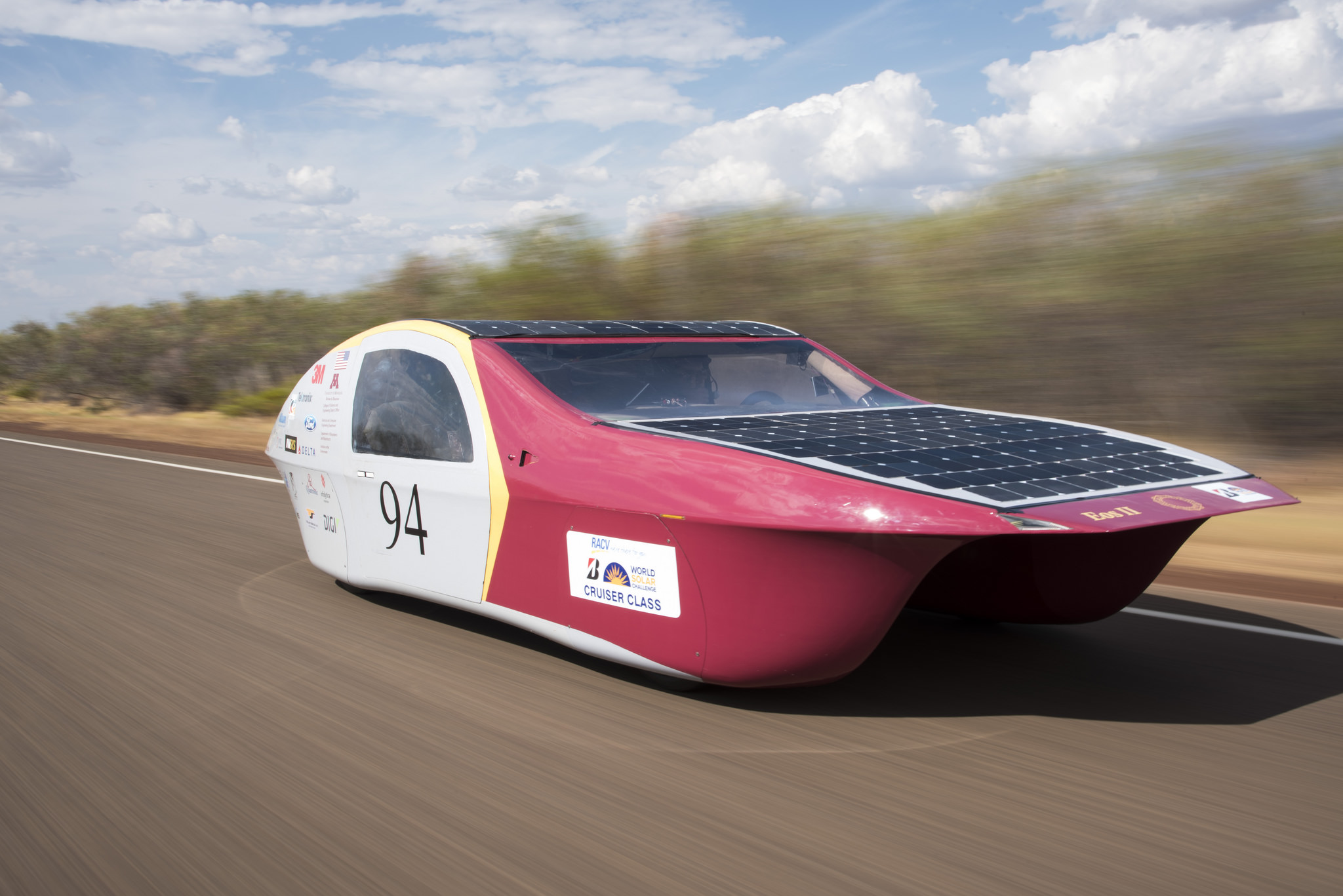Solar vehicles used to be the object of niche hobbyists and engineering students, but today they are racing towards reality as members of the International Solarcar Federation shift their focus from the speed of yore to the comfort and convenience required by consumers. With electric cars becoming commonplace, solar vehicles are next, and Eos II offers a glimpse of how they will feel.
Clean
As a solar-electric hybrid vehicle, Eos II is recharging any time it is outside. To speed up the process, Eos II can also be plugged into the grid. This versatility gives Eos II an unlimited range, relegating the phrase "miles per gallon" to the past. Eos II is lighter and more aerodynamic than other cars on the market, which allows for more efficient driving. More efficient driving means a smaller battery, and a smaller battery means shorter and cheaper charges.
Satisfying
Driving Eos II is just like driving any other car. Bucket seats, a touch screen console, and adjustable vents make the experience of driving this solar vehicle feel standard, even though it is anything but. Responsive pedals are an upgrade from the traditional button accelerators found on most solar cars. From the moment you leave home to the moment you arrive, driving doesn't have to feel that different. It just feels better.
Reliable
Eos II was designed to compete against the best solar car teams in the world, and compete it did. Of the 14 Cruiser Class competitors at the 2017 Bridgestone World Solar Challenge, Eos II was one of only 5 to finish under their own power, covering a full 3,022 kilometers known especially for its harsh reality. Through the entire race, Eos II battled constant cloud cover and even rain, unusual for the Australian Outback but not enough to stop a car developed in the icy cold of Minnesota.
